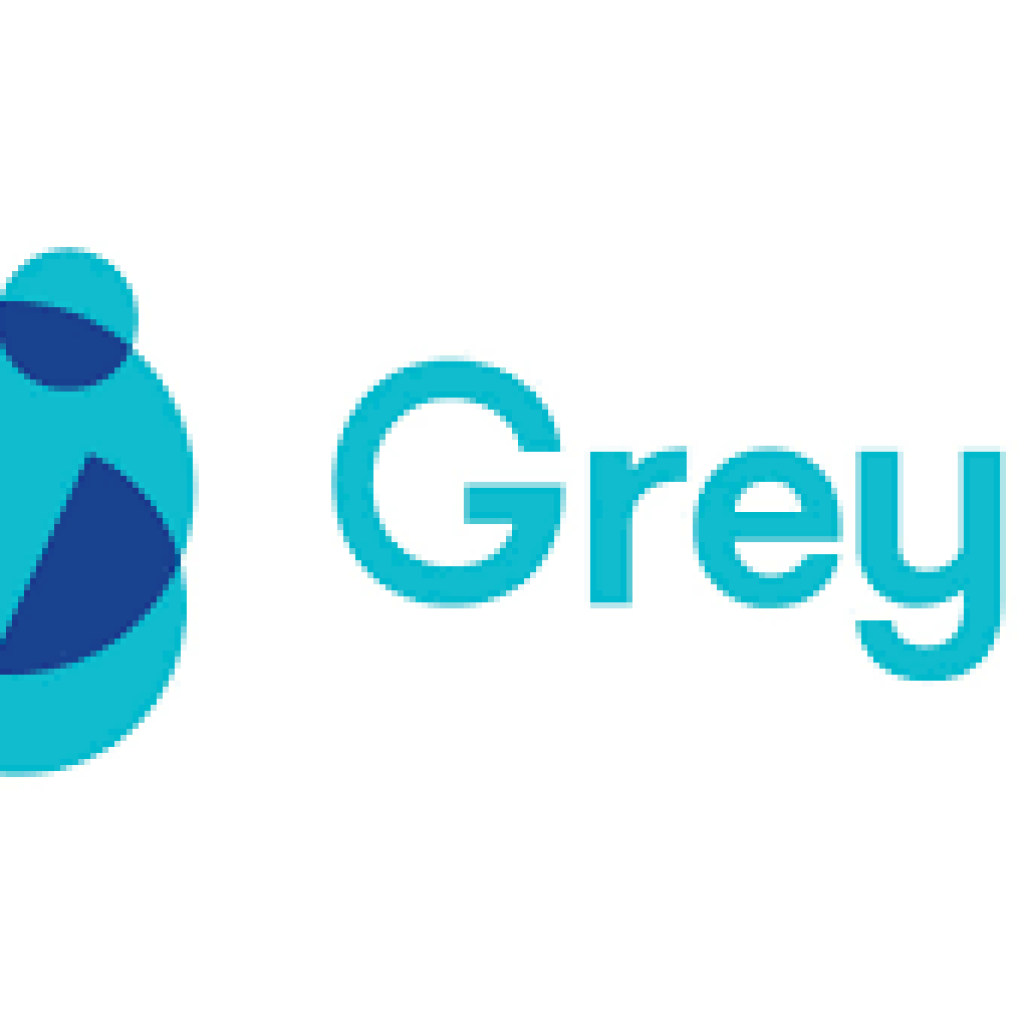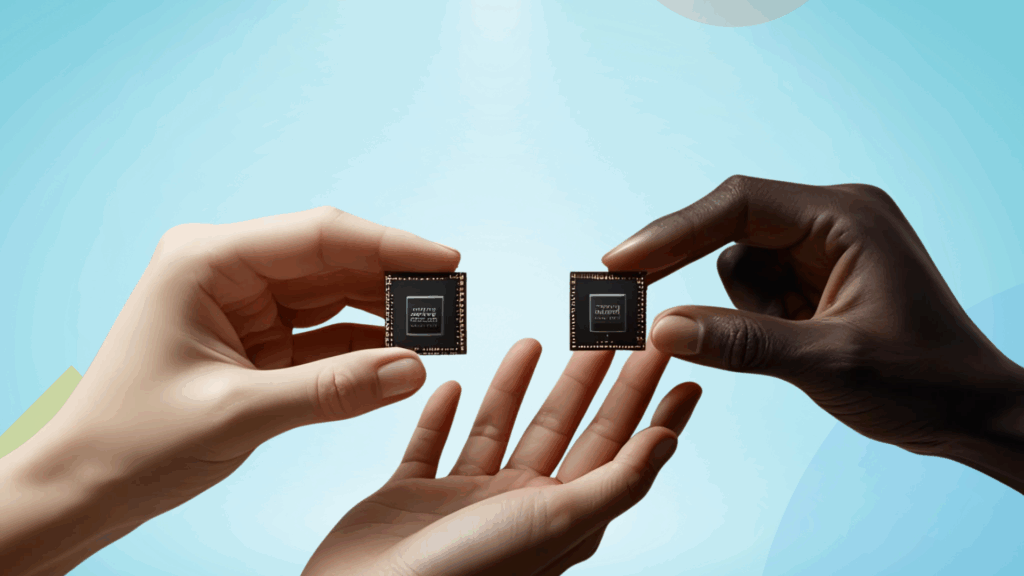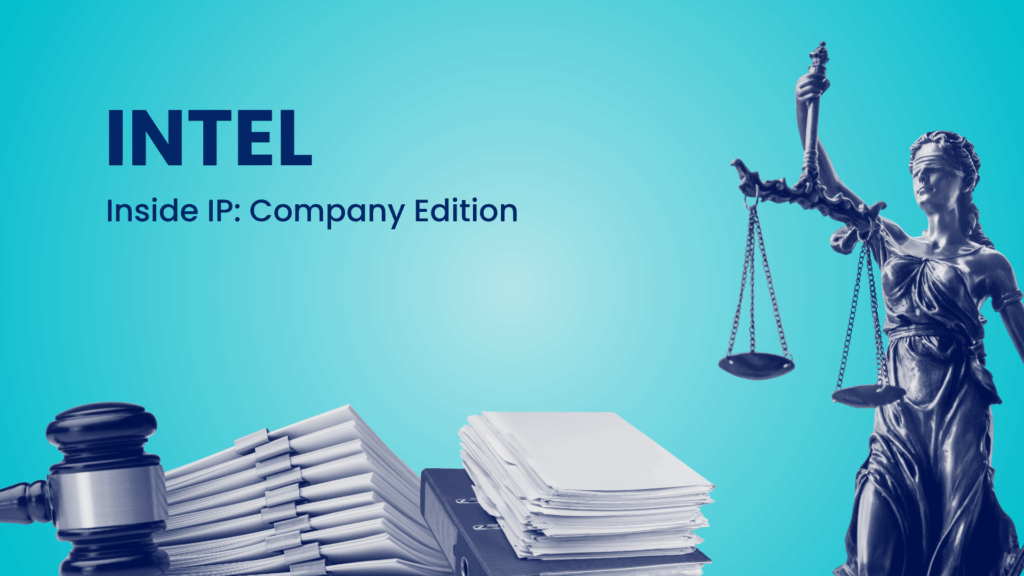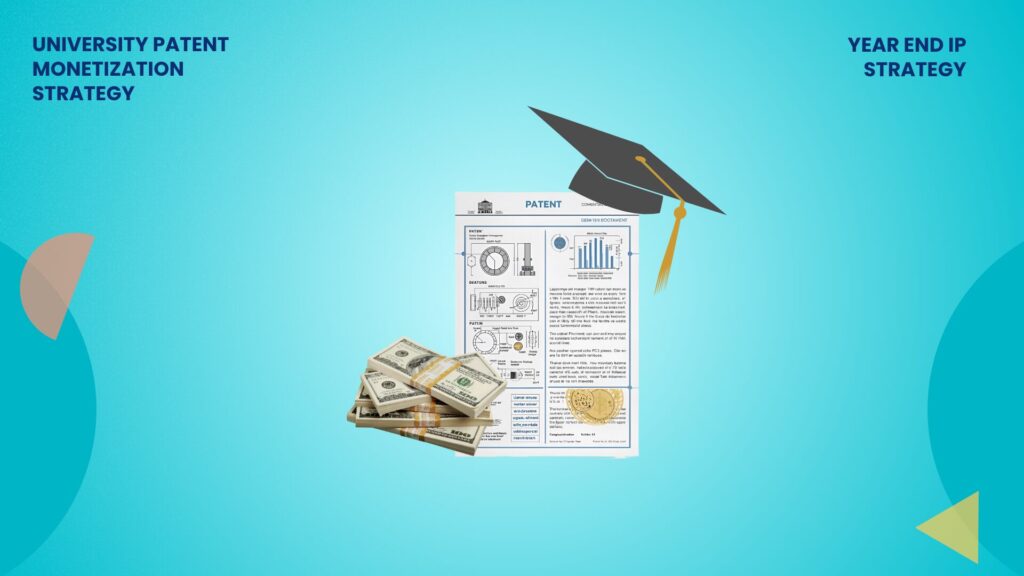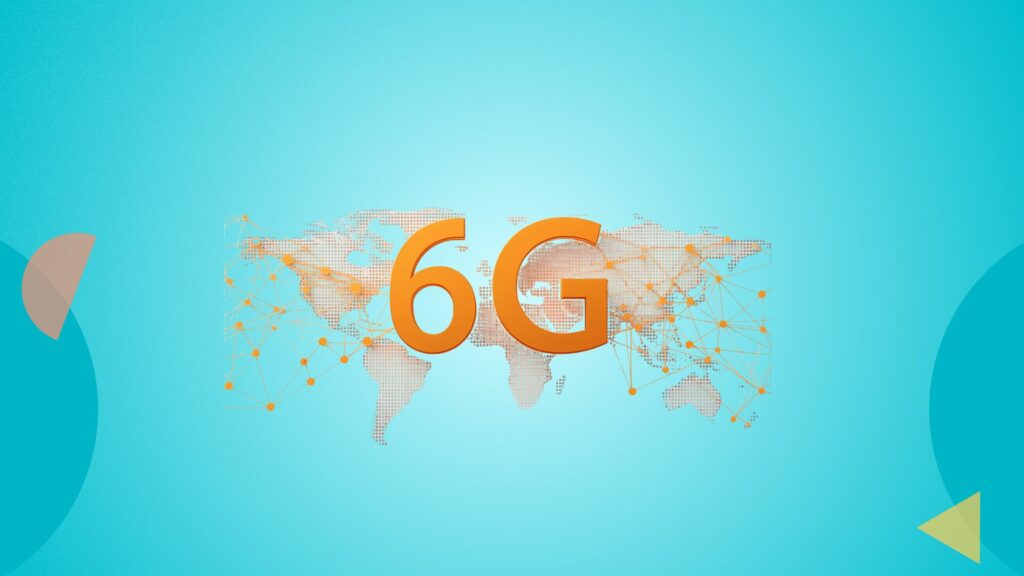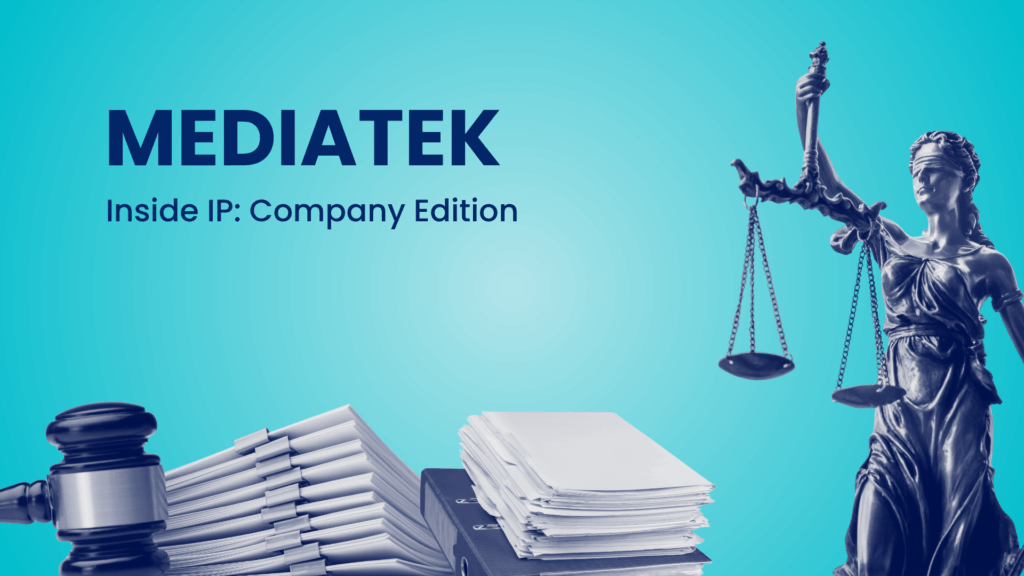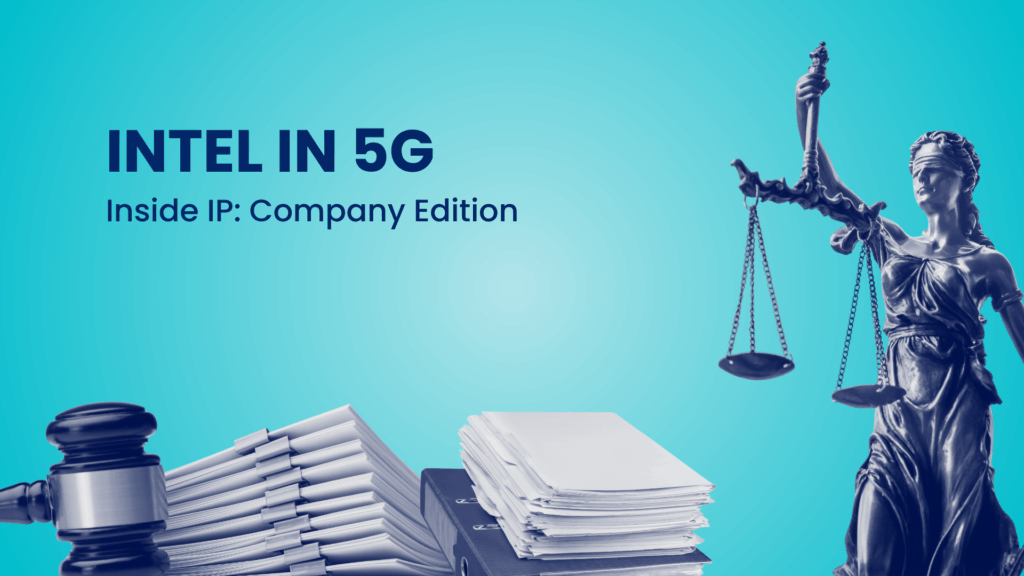The semiconductor industry is a relentless engine of progress, powering everything from our smartphones to advanced AI systems. It’s an arena where innovation moves at lightning speed, making intellectual property (IP) not just a legal formality but a strategic imperative. In fact, a recent period saw a remarkable surge in patent applications, with over 75,000 filings in a single year, highlighting the intense pace of technological advancement and the industry’s commitment to securing its cutting-edge developments. This deep dive explores the dynamic patent landscape of the semiconductor sector, uncovering key trends in innovation, litigation, and strategic IP management that define its competitive frontier.
Innovation and Patent Filing Trends in the Semiconductor Industry
The semiconductor industry exhibits concentrated innovation in specific global hubs, characterized by fluctuating patent activity over recent years, with a focus on core technological concepts.
Global Innovation Footprint:
- Leading Hub: Japan has become a major hub for semiconductor innovation over the last five years.
- Other Key Countries: The United States, China, South Korea, and Taiwan remain pivotal centers for patent filing, solidifying their roles as top IP contributors.
Patent Filing and Grant Trends (2017-2023):
- Peak Application Year: 2022 saw the highest number of patent applications, with approximately 75,698 filings, indicating intense R&D activity.
- Highest Grant Rate: 2017 had the best grant success, with over 70% of applications being issued as patents.
- Peak Issuance Year: 2018 recorded the highest volume of issued patents, with over 41,000 granted, highlighting a competitive push to secure IP.
Core Technical Concepts:
- Analysis of patent language reveals that fundamental building blocks like “Gate Electrode” and “Dielectric Layer” are the most frequently recurring and critical concepts in semiconductor technology.
Key Concepts of Semiconductor Industry:
- Gate Electrode
- Dielectric Layer
- Drain Region
- Memory Cell
- Interconnect Structure
The number of times these concepts have been used in patents is over 32.
Furthermore, patent data classified by technical areas underscores the diverse applications driving the semiconductor sector’s expansion. Manufacturing processes (H01L21) lead with a substantial volume of patents, emphasizing the importance of advanced production techniques. Other significant areas include semiconductor device functionalities (H01L29), integrated component designs (H01L27), and specific device details (H01L23), collectively showcasing the breadth of innovation. Light-emitting devices (H01L33) also contribute significantly, highlighting the continuous advancements in LED and related technologies.
Foundational and Influential Semiconductor Patents
Identifying patents that form the bedrock of subsequent innovations offers profound insights into technological trajectories. The most cited active patents from the last decade, particularly those assigned to Taiwan Semiconductor Manufacturing Co., Ltd. (TSMC), clearly indicate their foundational influence within the domain.
| Patent Number | Cited By Count | Current Assignee |
|---|---|---|
| US9520482B1 | Ranging from 1,012-2,349 | TAIWAN SEMICON MFG CO LTD |
| US9496189B2 | TAIWAN SEMICON MFG CO LTD | |
| US9105490B2 | TAIWAN SEMICON MFG CO LTD | |
| US9548303B2 | TAIWAN SEMICON MFG CO LTD | |
| US9093530B2 | TAIWAN SEMICON MFG CO LTD |
Moreover, a review of highly forward-cited patents from the last five years reveals significant advancements in areas like hermetically sealed printed circuit boards, crucial for device longevity, and cutting-edge wireless communication technologies, including millimeter-wave transceivers for 5G networks. Innovations in semiconductor manufacturing processes, such as multi-port gas injection systems for chemical vapor deposition and advanced silicon-free film deposition, also stand out. These patents collectively underscore the industry’s drive for precision and efficiency in both fabrication and communication systems.
Key Stakeholders in Semiconductor Innovation
Innovation in the semiconductor industry is driven by a pool of highly prolific inventors. An analysis of patent volumes highlights individuals who have consistently contributed to the industry’s intellectual property growth.
| Inventor | Number of Patents |
|---|---|
| Shunpei Yamazaki | Ranging from 1134-6909 |
| YAMAZAKI, SHUNPEI | |
| Shunpei Yamazaki | |
| YU, CHEN-HUA | |
| XIE, RUILONG |
On the litigation front, specific entities have consistently shown a proactive stance in asserting their patent rights. These “most assertive plaintiffs” play a significant role in shaping the legal landscape of the semiconductor domain.
Assertive Plaintiff (having a case count ranging from 31-47)
- Bell Semiconductor, LLC.
- Infineon Technologies AG
- Samsung Electronics Co., Ltd.
- Semcon Tech, LLC
- Lone Star Silicon Innovations, LLC
Semiconductor Industry Litigation Trends & Legal Landscape
The semiconductor industry has seen a dynamic litigation landscape over the past five years, with a notable focus on patents related to LED technology. Several patents have frequently been involved in legal disputes, signaling areas of intense competition and value. These patents have more than 6 cases.
| Patent Number | Technology Focus | Latest Case Year |
|---|---|---|
| US9269868B2 | Manufacturing LED | 2024 |
| US9577157B2 | LED Design and Packaging | 2024 |
| US9799800B2 | Nitride-based semiconductor LED device | 2024 |
| US9627435B2 | Nitride-based semiconductor LED device | 2024 |
| US9082877B2 | CMOS device | 2024 |
Comparing litigation trends across major jurisdictions offers critical strategic insights. While the United States has seen fluctuating, yet generally higher, litigation volumes, China has experienced a notable decrease in semiconductor-related legal challenges in recent years.
| Year | China Litigation | US Litigation |
|---|---|---|
| 2021 | Ranging from 2-20 | Ranging from 70-121 |
| 2022 | ||
| 2023 |
These trends suggest that businesses operating in China may benefit from a more stable legal environment with fewer disputes. At the same time, US-based companies should anticipate a more competitive and legally active landscape.
From 2019 to 2023, the semiconductor sector saw over 2,200 patent litigation cases, with distinct trends in venues and litigant types.
- Top Litigation Venues:
- Patent Trial and Appeal Board (PTAB): The dominant venue, handling 33.7% of all cases due to its specialized validity assessments.
- Eastern District of Texas (EDTX): A favored court, managing 13.7% of cases, known for being plaintiff-friendly and efficient.
- Shift in Litigants:
- Non-Practicing Entities (NPEs) have become the central drivers of semiconductor litigation over the last decade, surpassing disputes between operating companies.
- Defensive Tools (IPR & PGR):
- Inter Partes Reviews (IPRs): A key defensive strategy, with about 74% of IPRs filed against NPEs versus 24% against operating companies. A high proportion of challenged patents, especially those from NPEs, are invalidated. Key users of IPRs include Intel, TSMC, and Samsung.
- Post-Grant Reviews (PGRs): Strategically used by companies like Samsung, Microchip Technology, and NXP to proactively challenge patents held by NPEs and mitigate future litigation risks.
Patent Examination: Strategic Insights
Understanding patent examiner trends in the USPTO’s Tech Center 2800 (Semiconductors & Memory) is crucial for IP strategy. Acceptance rates vary significantly by Art Unit, offering strategic advantages.
- Active Solid-State Devices:
- High Acceptance: Art Units 2818 and 2899 have an ~89% acceptance rate.
- Lower Acceptance: Art Units 2811 and 2815 are more stringent, suggesting applications here need careful positioning.
- Static Information Storage and Retrieval:
- Very High Acceptance: Art Units 2827 and 2824 show impressive approval rates of 93-94%.
- Coherent Light Generators:
- Moderate Acceptance: The relevant Art Unit maintains an 80% acceptance rate.
By strategically refining applications to align with high-acceptance Art Units, companies can increase their chances of patent approval and streamline the examination process.
Emerging Observations and Strategic Questions
The semiconductor industry is ripe with strategic opportunities stemming from its dynamic IP landscape. The analysis of patent citations, for instance, offers a compelling window into licensing opportunities. Companies with extensive citation activity, like Samsung Electronics, TSMC, and BOE Technology Group, are actively engaged in advancing processor technologies and fabrication processes, making them prime candidates for licensing discussions. This also applies to focused players like Apple and IBM in specialized semiconductor areas. For patent holders, targeting these heavily citing entities can be a strategic avenue for patent monetization.
As the foundational patents of today continue to influence technological advancements, a key question emerges:
- Will these innovations serve as stepping stones for transformative leaps, or will entirely new technologies redefine the landscape, potentially making current foundations less relevant?
This forward-looking perspective is vital for long-term IP strategy.
- Furthermore, the higher proportion of NPEs facing IPRs and the subsequent invalidation of their patents prompt an important inquiry: Does this trend indicate a general susceptibility in the quality and strength of patents held by NPEs, or does it reflect the strategic vigor of operating companies in challenging assertions?
This question is central to understanding the evolving dynamics of patent enforcement in the semiconductor industry.
Conclusion
The semiconductor industry’s IP landscape is a vibrant testament to its relentless pursuit of innovation, underpinned by a complex web of patent filings, strategic litigation, and meticulous IP management. From the dominant innovation hubs in Asia to the litigation battlegrounds of the US, companies must navigate a highly competitive environment where intellectual property is a primary driver of market leadership.
By understanding the ebb and flow of patent activity, the strategic choices in litigation venues, and the nuanced dynamics of patent examination, companies can fortify their positions and proactively shape the future of this essential global industry.
Subscribe to our newsletter for insights into patent filings, litigation shifts, licensing opportunities, and strategy breakdowns across tech and innovation-driven sectors.
Get the Latest Patent Insights in Semiconductor
Directly to Your Inbox

